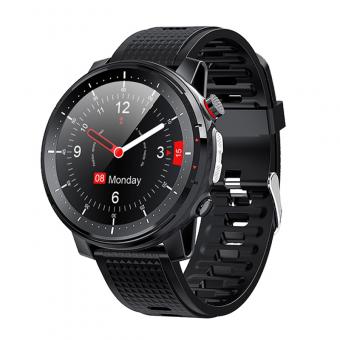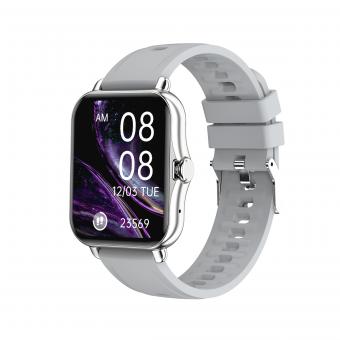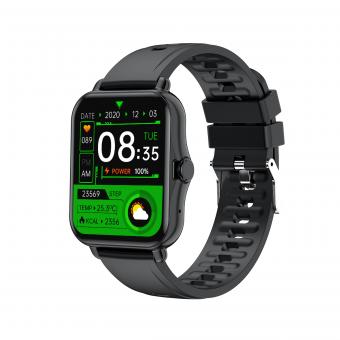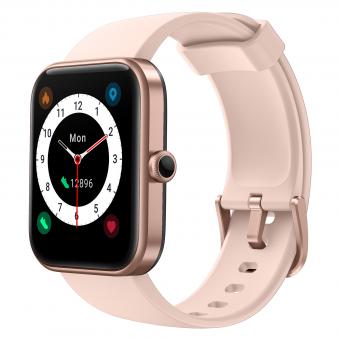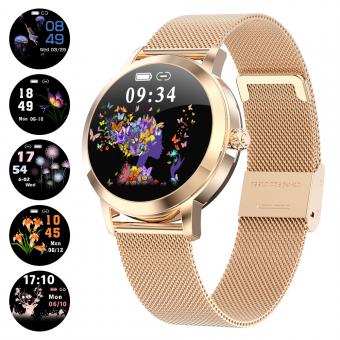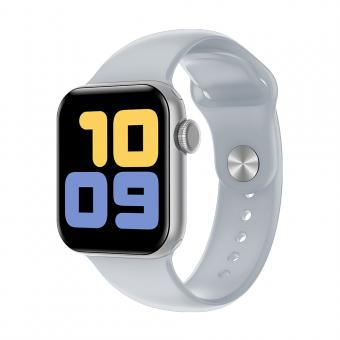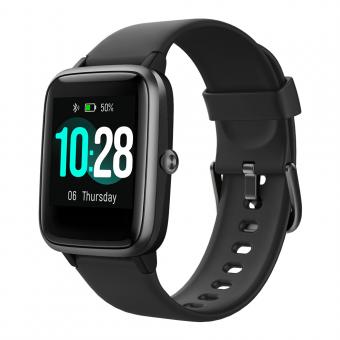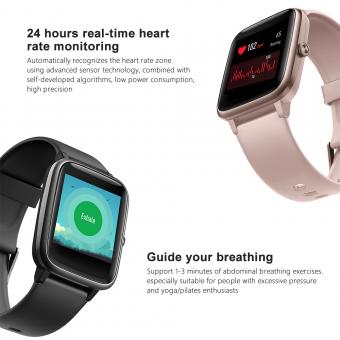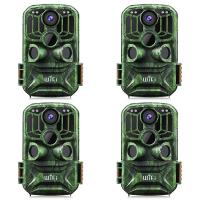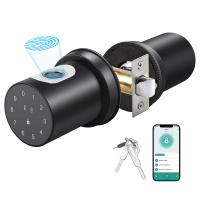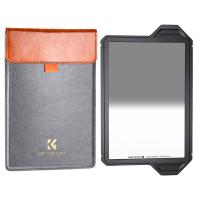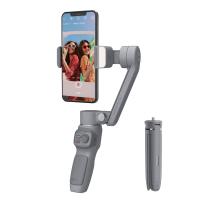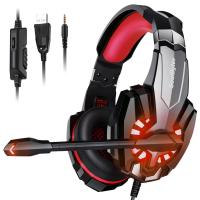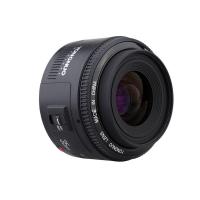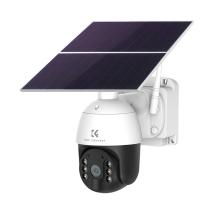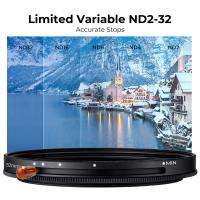Smart Watch That Can Take Blood Pressure?
With the rapid evolution of wearable technology, the smart watch has transitioned from being a simple device to tell time to a multifaceted technological marvel that tracks various health metrics. Among these advancements, one of the most groundbreaking features has been the ability to measure blood pressure directly from the wrist. This development provides a convenient solution for users who need to monitor their blood pressure regularly, offering the potential to enhance personal healthcare management drastically.
The Emergence of Blood Pressure Monitoring in Smart Watches
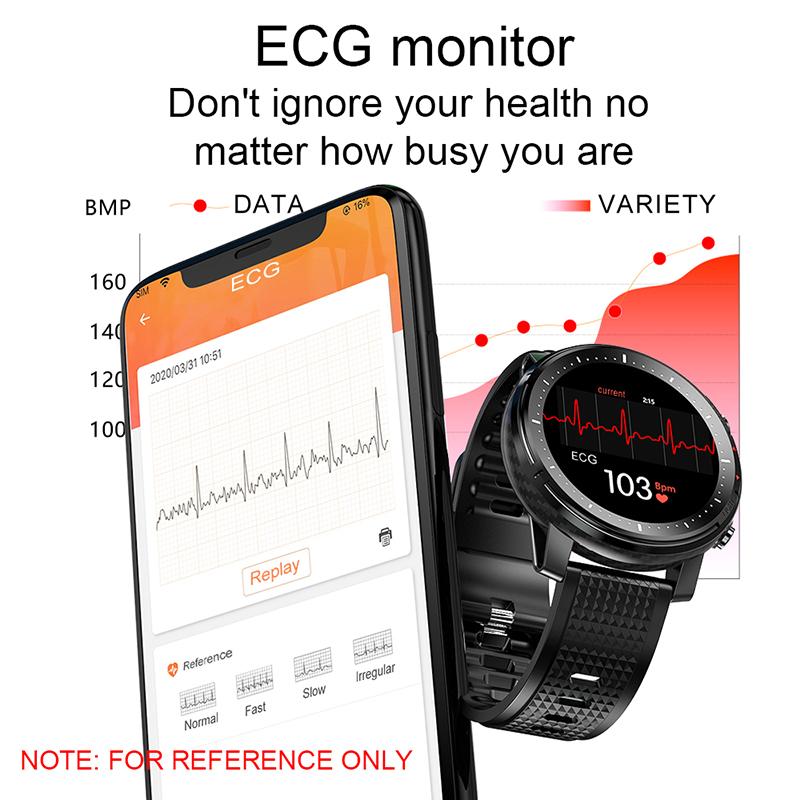
The integration of blood pressure monitoring in smart watches has mainly become possible due to advancements in sensor technology and data analysis algorithms. Traditional blood pressure measurement involves a cuff-based system, which can be cumbersome and inconvenient for daily use. In contrast, smart watches aim to provide a non-intrusive and continuous method to track blood pressure.
Modern smart watches use optical heart rate sensors to detect changes in blood volume through the skin, leveraging techniques like photoplethysmography (PPG) and electrocardiogram (ECG) sensors. By analyzing this data, combined with sophisticated algorithms, these devices can estimate blood pressure. Some advanced models even include inflatable cuffs similar to traditional blood pressure monitors, enhancing accuracy.
Benefits of Smart Watch Blood Pressure Monitoring
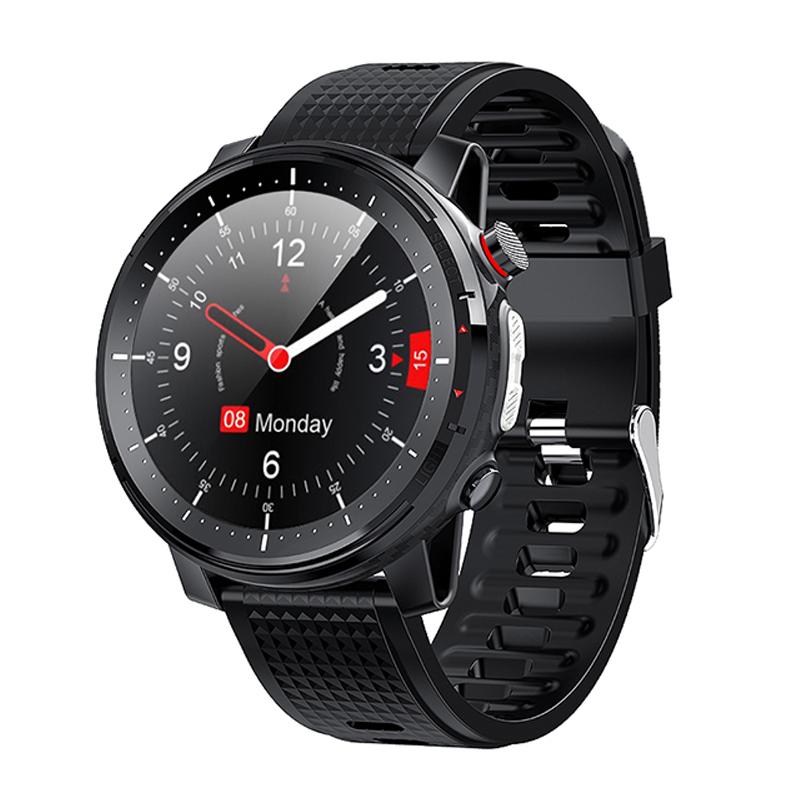
1. Convenience and Portability: One of the significant benefits of using a smart watch to monitor blood pressure is convenience. Unlike traditional monitors, smart watches are lightweight and can be worn all day, allowing users to monitor their blood pressure anytime, anywhere.
2. Continuous Monitoring: Continuous blood pressure monitoring provides invaluable data, especially for individuals with hypertension or other cardiovascular conditions. It helps in identifying patterns and triggers for blood pressure fluctuations, which can be critical for managing health effectively.
3. Preventive Healthcare: Early detection of high blood pressure can prevent severe health issues such as heart attacks or strokes. Smart watches can alert users to potential problems before they become critical, empowering them to seek timely medical intervention.
4. Integration with Other Health Metrics: Most smart watches offer more than just blood pressure tracking. They can monitor other vital signs like heart rate, oxygen saturation, sleep patterns, and physical activity. This comprehensive health data can be used to gain a holistic understanding of one’s health status.
Accuracy and Reliability
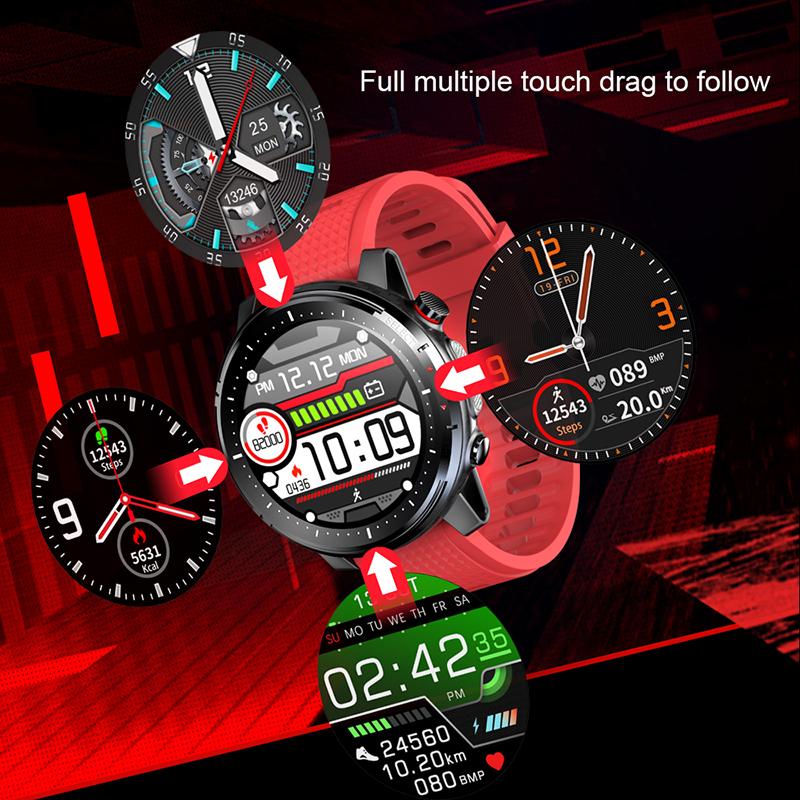
One of the biggest concerns when it comes to smart watch blood pressure monitoring is accuracy. Traditional cuff-based methods are widely accepted as accurate and are the gold standard in clinical settings. Smart watches, however, are still under scrutiny because the technology relies on indirect measurements and complex algorithms.
Several studies have indicated that while smart watches may not completely replace traditional monitors, they can offer reasonably accurate readings within a small margin of error. For best results, it is recommended to use smart watches as a supplementary tool rather than a standalone device. Users should periodically validate their smart watch readings with a conventional blood pressure monitor.
Leading Smart Watches with Blood Pressure Monitoring
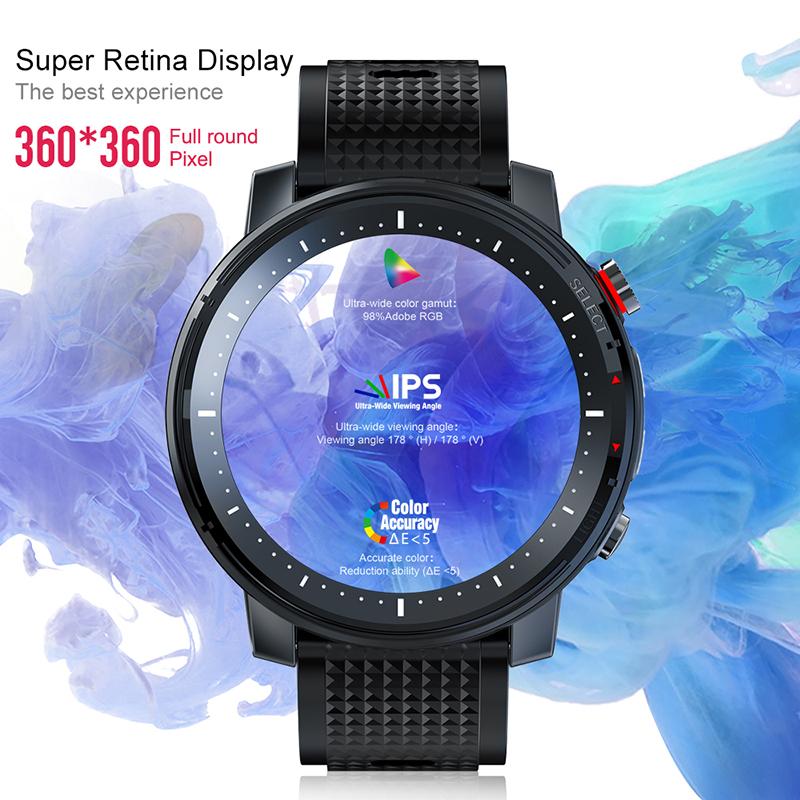
1. Samsung Galaxy Watch Series: Samsung has been a frontrunner in integrating health metrics into its wearable technology. The Galaxy Watch series uses both PPG and ECG sensors and is capable of monitoring blood pressure. These watches also come with a feature to sync data with the Samsung Health app, providing comprehensive health insights.
2. Omron HeartGuide: Perhaps the most clinically validated blood pressure monitoring watch, the Omron HeartGuide, takes a bit of a different approach. It uses an inflatable cuff built into the watch band, similar to traditional blood pressure cuffs, to provide highly accurate readings. Omron’s device integrates well with their smartphone app, enabling detailed tracking and healthcare insights.
3. Fitbit Sense: Known for its comprehensive fitness tracking features, the Fitbit Sense has also stepped into the blood pressure monitoring space. It uses advanced sensors to provide an estimation of blood pressure, making it a versatile option for health-conscious users.
4. Amazfit Bip U Pro: From Huami, a subsidiary of Xiaomi, this budget-friendly option includes a plethora of health monitoring features, including blood pressure estimation. It provides users with basic insights and syncs effortlessly with the Zepp app for detailed health metrics.
Best Practices for Using Smart Watches to Monitor Blood Pressure
1. Proper Fit and Positioning: Ensure that the smart watch fits snugly on the wrist and is positioned correctly. A loose fit can lead to inaccurate readings. Some manufacturers provide guidelines on the proper positioning of the watch for optimal results.
2. Regular Calibration: Some smart watches offer a calibration feature where users can calibrate their device using a conventional blood pressure monitor. Regular calibration can help improve the accuracy of the smart watch readings.
3. Consistency: For reliable data, take measurements at the same time each day, preferably in a relaxed state. Avoid taking readings immediately after physical activity, consuming caffeine, or experiencing stress, as these can cause temporary spikes in blood pressure.
4. Monitoring Trends: Instead of focusing on individual readings, pay attention to trends over time. Slight variations in day-to-day measurements are normal, but consistent increases should prompt a visit to a healthcare professional.
5. Follow Manufacturer Guidelines: Each smart watch has specific instructions provided by the manufacturer. Following these guidelines ensures that you get the most accurate readings possible.
The Future of Blood Pressure Monitoring in Smart Watches
As technology advances, the accuracy and reliability of blood pressure monitoring in smart watches will continue to improve. Integration with artificial intelligence (AI) and machine learning could further enhance data accuracy and predictive capabilities, offering patients a proactive approach to managing their health.
Moreover, as these devices become more mainstream, they could revolutionize healthcare by providing clinicians with continuous, real-time health data. This data can be used for remote monitoring, telemedicine consultations, and personalized healthcare plans based on individual health trends.
Smart watches with blood pressure monitoring capabilities represent a significant leap forward in personal health technology. They offer unprecedented convenience, real-time data, and a holistic view of one’s health. While they may not yet replace traditional methods, their role as a supplementary tool in health monitoring is invaluable. By incorporating these devices into daily routines, individuals can become more proactive in managing their health, identifying potential issues early, and seeking timely medical intervention. The future looks promising as smart watches continue to evolve, bringing even greater accuracy and features to help users maintain their well-being.

